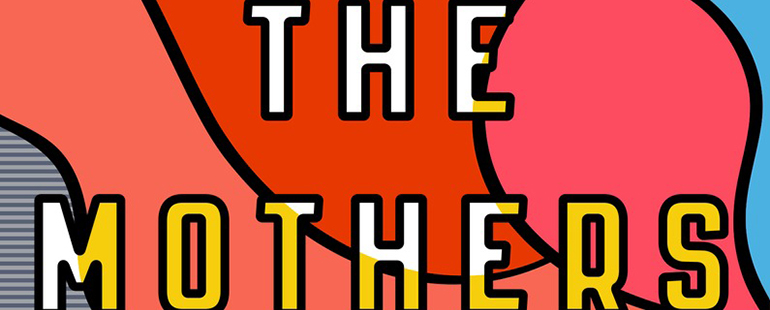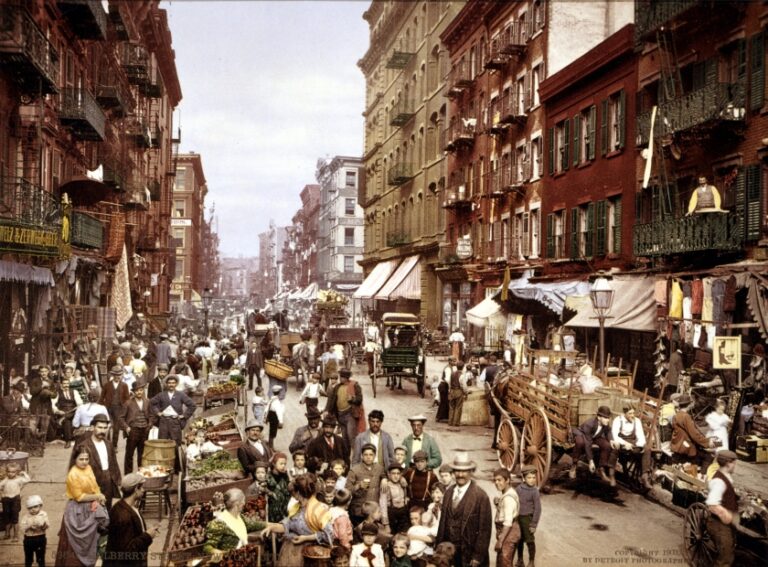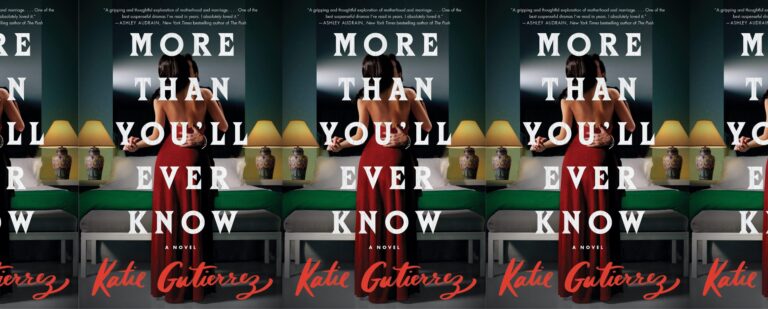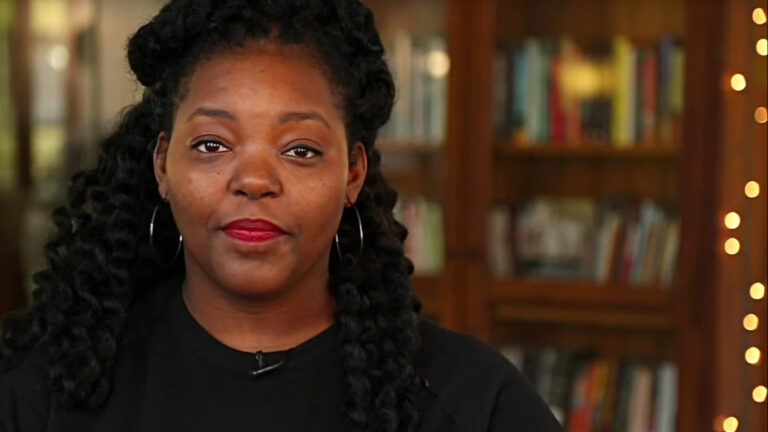Writ in Water: Interview with Brit Bennett and “The Mothers”
 The acclaim for Brit Bennett’s debut novel, The Mothers, has been widespread and effusive: glowing reviews, a place in the National Book Foundation’s 5 Under 35, and a National Book Critics Circle nomination as a finalist for the John Leonard Prize for best first book. Those fortunate to cross paths with Bennett off the page are similarly uniform in their praise of this thoughtful, engaged, and dedicated writer.
The acclaim for Brit Bennett’s debut novel, The Mothers, has been widespread and effusive: glowing reviews, a place in the National Book Foundation’s 5 Under 35, and a National Book Critics Circle nomination as a finalist for the John Leonard Prize for best first book. Those fortunate to cross paths with Bennett off the page are similarly uniform in their praise of this thoughtful, engaged, and dedicated writer.
The Mothers, largely set in the southern California town of Oceanside, explores the post-high school lives of three children of the Upper Room Chapel: University of Michigan-bound Nadia, pastor’s son Luke, and congregation darling Aubrey. As their lives intertwine, unravel, and intertwine again, the novel considers the weights and responsibilities of many communities: mothers and children, families broken and whole, military towns, tourists and natives, and the church. Bennett talked with me about the power of place–writing in the West through these many communities–“performing California-ness,” a weird excitement for wildfire season, forever building piers into the ocean, and In-N-Out burger.
Joseph B. Horton: You give yourself lovely opportunities in the novel to write about Oceanside and various parts of San Diego and southern California. Earlier in this series, I talked with Chris McCormick about the sheer number of “different Californias” or visions of California that readers have. Of course, it’s a huge and populous state (Nadia is amazed by her non-Californian boyfriend: “Didn’t he know that Mountain View was an eight-hour drive from San Diego?”), so how do you as a writer lean into some common aspects (palm trees, the beach, a “sandy-haired skater” dude’s party, a warm or weather-less Christmas) while balancing personal/insider/unexpected descriptions (Oceanside’s first strip club “minutes from the beach where children swam and played,” the comforting-yet-foreign sound of Spanish being spoken in the airport upon a return, the history of wildfires and the gloom of the summer months)? In other words, you say that “Anyone visiting a beach town wanted sparking oceans and cool breezes.” For those readers visiting Oceanside for the first time in these pages, how do you draw them away from the beach?
Brit Bennett: I was recently walking on a pier in Manhattan Beach and I started thinking about how, when I was a kid, I never walked on the pier in Oceanside unless we had family visiting from out of state. I didn’t even go to the beach that often growing up. It was just a normal backdrop to life until we had company and then we had to perform this California-ness for them because that’s what everyone who visits California wants to experience. I think writing about Oceanside was the same. There are the obvious ways to describe a beach town, but then there are also the specific aspects of it, like the weird excitement of wildfire season because it often meant time off from school. When I went away for college and grad school, I gained enough distance to realize the parts of my upbringing that were very specific to place and I tried to reflect that through my characters. They’re not at the beach all the time in the way that when you live so close to the beach, going isn’t a big deal. It’s just like, eh, we’ll go tomorrow.
JBH: Another question that has come up talking about writing in the West is how you write the place when you’re away from it. Envisioning California when living, say, in Michigan. And your book doesn’t shy away from this: the culture shock, the weather shock, the gray-skies shock of life in the Midwest. Were you easily able to imagine or re-imagine California when writing in Michigan, and similarly, were some of these shock-type comparisons essential–or therapeutic–for surviving a Great Lakes winter? (As Nadia says: “Anything was better than a Michigan winter.”)
BB: Weirdly enough, I wrote most of the California scenes in Michigan, and that Michigan winter section, I wrote when I was home in San Diego for the summer. I originally did not intend to write about Michigan, but I realized that I needed Nadia to experience a place that would be completely different from anything she’s ever known. Michigan was that place for me. I think that physical separation allowed me to see both of those places more clearly.
JBH: This, to me, is a striking and profound description of a “not-bad, not-good” California neighborhood where one of your main characters, Aubrey, lives: “Here’s how you could tell: the fences were higher but the houses wore no metal gates over their windows; the Pizza Hut hid behind bulletproof glass but they stayed open late at night; and cops still patrolled; more than they did in good neighborhoods, but more than they did in bad neighborhoods.” To me, this speaks a bit to the sprawl and segregation and churn of neighborhoods in California and all over the West–much is new, much is changing, and in turn much of the division is more subtle than a stereotype or trope could suggest. How do you look for, and then write, these lines between neighborhoods good and bad?
BB: I remember visiting a friend’s house for the first time and she asked which streets I’d taken. She was embarrassed that I had taken the hood entrance, which meant passing through a poorer neighborhood to get to her more middle class neighborhood. It was such a jarring way to think how slight geographical difference can have big class implications. Oceanside was a place where I always thought about class. If you tell people that you’re from San Diego, they imagine rich people and beaches and golf courses. But Oceanside was often stereotyped as this impoverished, gang-ridden blight of the county. Whenever I meet other San Diegans and tell them that I’m from Oceanside, I always get a version of, “oh, you’re from there.” But I wanted to capture the nuance in my hometown, so Nadia, who grows up pretty middle-class, is aware of this slight class difference between her and Aubrey.
JBH: There’s a section in the novel discussing the history of the Oceanside pier, rebuilt six different times. “The storms will come and we’ll keep on building,” a tour guide says. Is this a California mentality–to hell with nature; we build what we want, even a church, say, in the middle of wildfire country–or something more widespread? The West? The country? Human nature?
BB: Yeah, I remember hearing about this during a field trip to the beach and thinking it was stupid. Why would you keep building piers that will keep being destroyed? I think that this is part of the California mythos—human versus nature, etc. But I also think it’s part of the cyclical nature of a military town. Wars happen and then they don’t, Marines are constantly transferring in and transferring out, but the town keeps trucking along.
JBH: “She could do what every girl in Oceanside did: marry a Marine and dream of nowhere else.” Whether you answer for yourself, for a character like Nadia, or for others who dream and leave, what pulls someone away from a place like Oceanside? And perhaps specifically for you: what makes you want to write about this place? If it’s even possible to think this way, did the story choose the place, or did the place choose the story?
BB: I didn’t set out to write about Oceanside. I don’t think I ever thought seriously about place in the beginning. I was just writing based on all I knew at the time, and later, when I went to college in the Bay Area and later to graduate school in Michigan, I began to hone in on the specific aspects of Oceanside. But at the same time, Nadia’s father was always a Marine, a detail that seemed perfectly normal to me given that I’d grown up near Camp Pendleton. So I think Oceanside was always pressing against this novel even though I didn’t become aware of it until later.
JBH: Along those lines–my reading of what you’ve said elsewhere (“I’ve had people be shocked that the book is not set in the South or some Northern urban city, but it’s like, black people exist everywhere”) leads to the question of setting being one valuable aspect of subverting expectations about black narratives, or any narratives, that some readers don’t immediately see as “belonging” to a certain place (I talked with Nina McConigley about how Wyoming is a cowboy state, yes, but it also subverts that expectation or plays out new narratives in a familiar space). The word is that you’re at work on a new novel set in Louisiana. True? And if so, how does that place add its influence to the book?
BB: The next novel opens in Louisiana but it contains characters who move to California. My mother is from Louisiana and my father is a California native, so I’ve always been interested in the mythology of both of these places. In a sense, I have to write both of these places from an outsider’s perspective, as an actual outsider to Louisiana and as an imagined outsider to California. It’s challenging but also fun to try to think through both of my family homelands.
JBH: Thanks for chatting with me. But, obviously, this is the crucial question: in the novel, you mention In-N-Out, the greatest burger chain on planet earth. Do you have a favorite order?
BB: I have a very boring In-N-Out order, just a cheeseburger and fries. In my younger days, I would throw in a vanilla shake or get the fries animal style, but I can’t eat like I used to!


